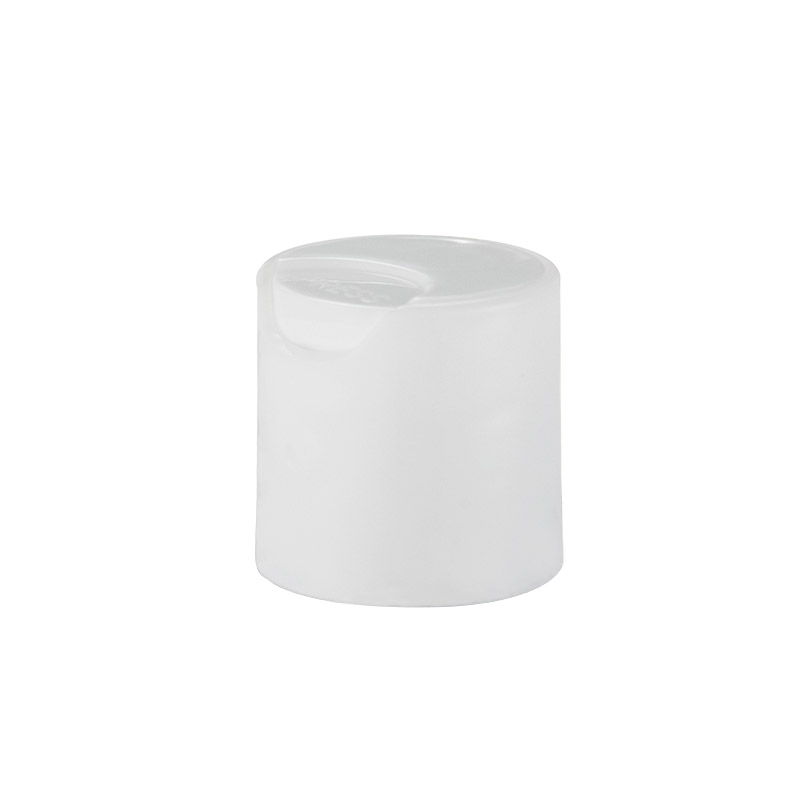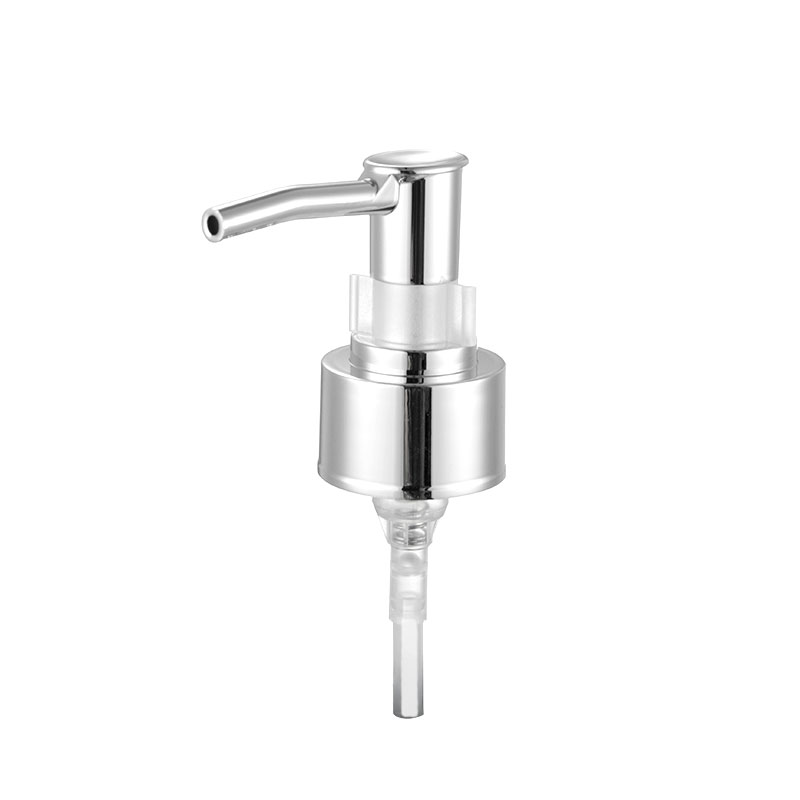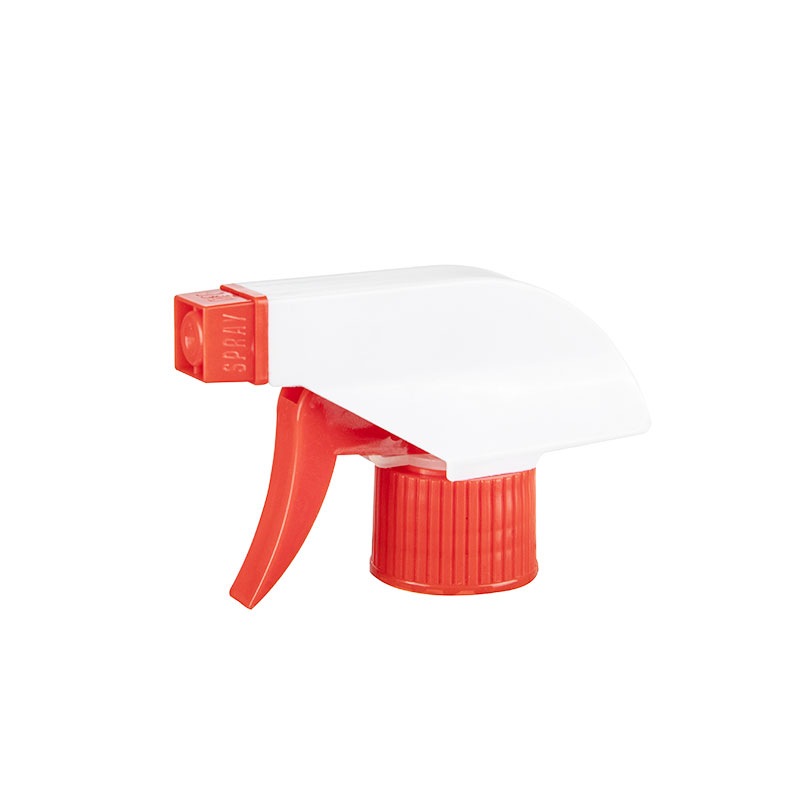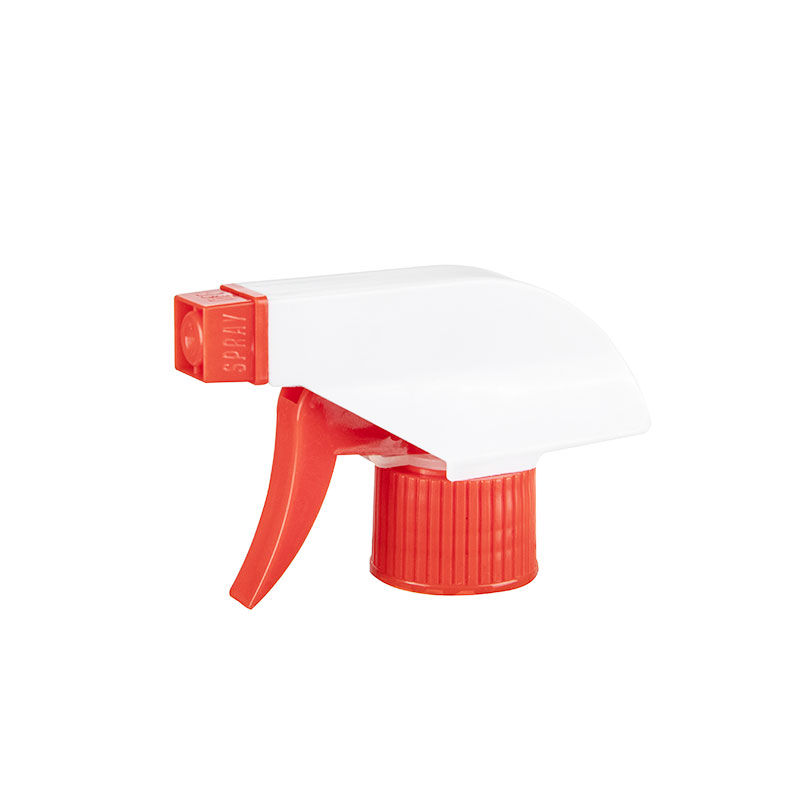Listed below are some of the main features of a Liquid Spray Pump
Date:2022-07-07
Liquid Spray Pump Basics
Before you buy a Liquid Spray Pump, you must know some basic things about the unit. You should be familiar with its Self-priming feature, One-way valve, Suction hose, and power source. Read on to learn how to select the best one for your needs. Once you've answered these questions, you're ready to buy. Read on to learn more about this versatile device. Listed below are some of the main features of a Liquid Spray Pump:
Self-priming
A self-priming liquid spray pump is a great choice for a variety of applications. These pumps can be positioned above the liquid or on its side. They also feature a physical limit of 8 meters, and are often used for applications involving abrasive materials. The pumps can be fitted with a wide variety of drives, including gas or electric motors. These pumps are suitable for a wide range of viscosities and temperatures. Many are available with heating jackets for increased comfort and safety.
Self-priming liquid spray pumps work by forcing air out of the discharge chamber during pumping. This creates a low pressure area, and once the fluid is inside the pump, it begins to function normally. This is possible because the pumps incorporate a goose-neck on the suction piping. Additionally, the pump has a priming chamber that is specifically designed to retain liquid even after the pump has shut off. Before using a self-priming liquid spray pump, make sure to check for leaks, evaporation, and any other air loss.
One-way valve
A One-way valve for a liquid spray pump is the valve that controls the flow of liquid. It is composed of an upper and a lower part, an elastic tube and a valve seat. The valve seat is mounted on the nozzle head or piston rod. The top portion of the valve seat is closed, while the side portion has one or more openings. The elastic tube closes and opens the openings.
Spring-loaded y-check valves operate similarly to the in-line valve. The only difference is the shape of the movable disc. The angled shape of the movable disc allows for inspection and service without disconnecting the pump. They are larger and take up more space. In general, though, a spring-loaded y-check valve is a safer choice for a liquid spray pump.
Suction hose
A suction hose for liquid spray pump is a useful tool for transporting chemicals or fluids. These hoses are available in a variety of sizes and are designed for specific uses. Suction and discharge hoses are designed for various chemical transfer purposes, such as dewatering or cesspool cleaning. In addition to being useful for chemical transfer, they are also used for agricultural purposes. In the following sections, we will discuss the different types of suction hoses available for use with liquid spray pumps.
A suction hose is typically made from PVC and is used to bring liquid to the pump. These hoses also serve as discharge hoses for low-pressure transfer systems. Suction hoses can be made from a variety of materials, including PVC and steel. A polyether-PU hose, on the other hand, is reinforced with a steel coil. A proper suction hose should last for many years.
Power source
There are many ways to power a liquid spray pump, depending on the application and its intended purpose. Some types of pumps run on batteries, others are powered by a human source. A petrol engine or a dual fuel engine can provide the power needed for the pump. Batteries, however, require electricity to recharge. The rapid rise in fossil fuel prices has raised the importance of renewable energy gadgets. The frequent power cuts are especially affecting rural areas.
Today's sprayer pumps are designed to produce high-pressure and high-volume liquid solutions for a variety of uses. Moreover, most sprayer pumps feature a variety of power drive options, including electric, gasoline, hydraulic, and pedestal drives. Prices range from $80 USD to three thousand dollars, depending on the power source. When purchasing a pump, be sure to consider its flow rate, operating pressure, and speed range, as well as your system use requirements. To ensure maximum pump performance, purchase one that is rated 20% higher than your minimum required flow rate.
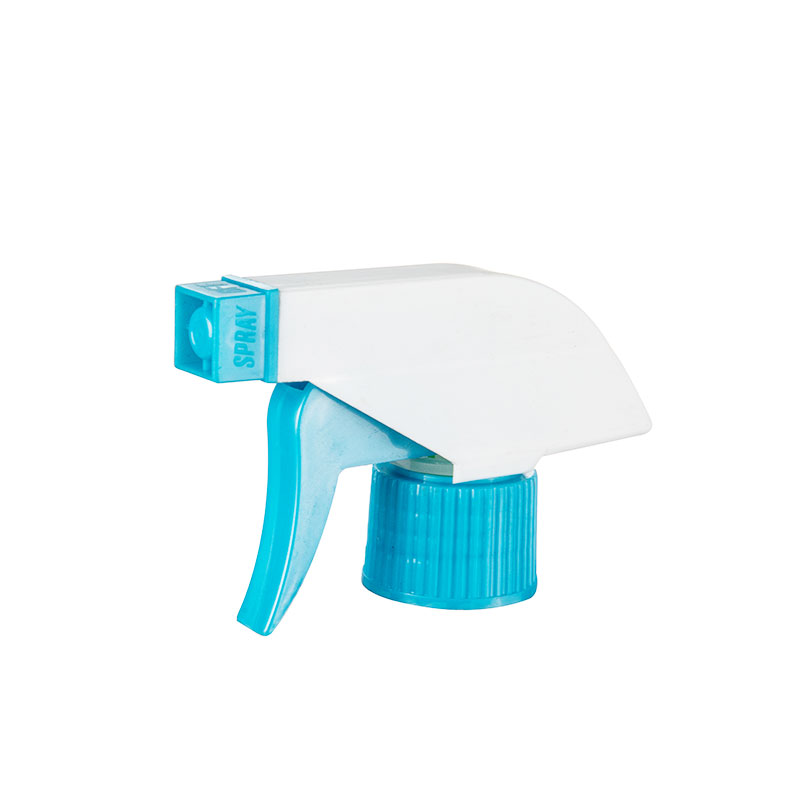

 English
English 中文简体
中文简体 Español
Español عربى
عربى
